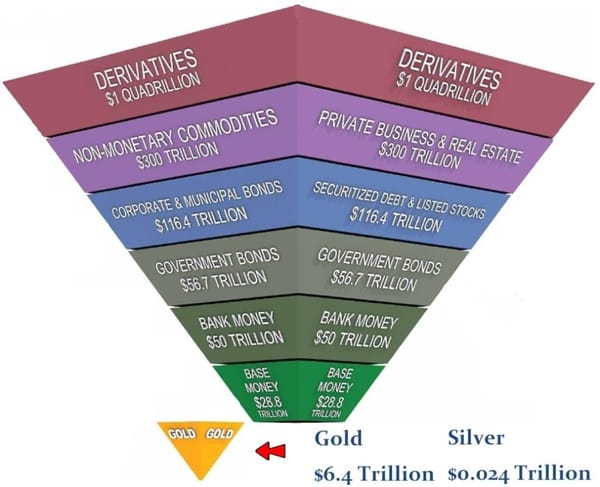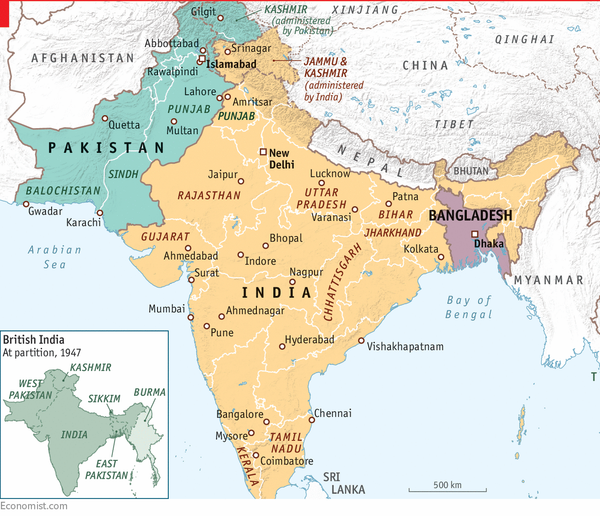(FREE) Autonomous Robotic Economies: Blockchain as the Nervous System of Swarm Robotics

Introduction
In the age of automation, we often imagine single-task robots—delivery drones, robotic vacuum cleaners, or surgical assistants. But the next great leap in robotics lies not in individual capabilities, but in coordinated intelligence. Enter swarm robotics: systems of hundreds or thousands of autonomous agents working in harmony, mirroring the behavior of ant colonies, bee swarms, or bird flocks.
Yet, such coordination poses massive technical and ethical challenges—especially when these agents act semi-independently and must adapt dynamically to new environments. Traditional cloud-based command-and-control models won’t scale. This is where blockchain steps in—not as a ledger, but as the decentralized nervous system of robotic swarms.
The Core Concept: Micro-Economies of Machines
Imagine each robot in a swarm having its own wallet, digital identity, and smart contract interface. These robots could buy, sell, negotiate, and delegate tasks in real-time—creating a network of machine-to-machine micro-economies.
Think:
- A drone swarm cleaning solar panels—some drones delegate tasks to others based on real-time wind conditions.
- Underwater robots mapping the ocean floor, each tokenizing discoveries and trading sensor data to optimize paths.
- Factory bots dynamically bidding for conveyor belt time, battery swaps, or access to rare tools.
With blockchain, we remove the centralized scheduler, and replace it with a permissionless, trustless market for work.
What’s New Here?
This idea is not about tracking a robot’s location or timestamping its tasks—those are known use cases.
Instead, this is about:
- Real-time autonomous negotiation
- Intent-based smart contracts for robotic delegation
- Dynamic robotic DAOs (Decentralized Autonomous Operations)
- Tokenizing capabilities or resources (e.g., battery, compute, sensors)
Use Cases
1. Disaster Relief Swarms
Robots searching a collapsed building bid for access to critical passageways. Others sell heat signatures or sonar data to peers. Coordination is fluid, dynamic, and incentive-aligned.
2. Decentralized Last-Mile Delivery
Instead of a delivery fleet managed by a corporation, imagine a cooperative of delivery bots that negotiate optimal hand-offs based on energy levels, route congestion, and delivery SLAs—all enforced via smart contracts.
3. Planetary Exploration
Autonomous Mars rovers governed by a DAO tokenize scientific findings. If one rover finds methane traces, it can incentivize others to focus on that area by issuing bounties.
4. Warehouse Optimization
Bots can auction off high-traffic routes or earn tokens for sharing optimal pathways or package handling tricks—transforming static logistics into adaptive, self-optimizing systems.
Key Building Blocks
- On-chain Identity: Robots need verifiable decentralized IDs (e.g., DIDs) to authenticate and build reputation.
- Wallet Integration: Lightweight crypto wallets embedded in firmware for real-time transactions.
- Composable Smart Contracts: Each robot runs a contract describing its goals, abilities, and thresholds for task bidding.
- Zero-Knowledge Proofs: Privacy-preserving coordination where robots prove capabilities without revealing proprietary tech.
Why Now?
- Robotics hardware is maturing fast (Boston Dynamics, Agility Robotics, Humanoid, Figure AI)
- Blockchain composability is higher than ever (modular chains, intent protocols)
- AI is enabling more complex decision-making in real-time
- Cross-chain bridges and layer-2s enable ultra-low latency interactions
Risks and Open Questions
- Security: How to avoid malicious bots corrupting the system?
- Latency: Can current chains meet the speed demands of swarm dynamics?
- Ethics: Should autonomous bots be allowed to hold and spend money?
- Legal: How are robotic DAOs regulated across borders?
Conclusion
The convergence of blockchain and robotics isn’t just about auditability or automation—it’s about giving machines the tools to coordinate economically in real time. This unlocks not just efficiency, but emergent intelligence.
Swarm robots with wallets. Smart contracts deciding drone flight paths. Task marketplaces replacing command hierarchies.
This isn’t the future of robotics—it’s the next digital economy.




